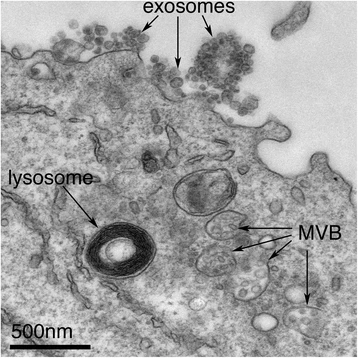
Blebbisomes: A Newly Discovered Class of Large, Organelle-Rich Extracellular Vesicles
A groundbreaking study published in Nature Cell Biology has introduced a novel type of extracellular vesicle (EV) called Blebbisomes, which exhibit unique cell-like properties.
Key Findings of the Study:
What are Blebbisomes? These large extracellular vesicles (up to 20 µm in diameter) contain multiple cellular organelles, including functional mitochondria, Golgi apparatus, endoplasmic reticulum (ER), lysosomes, and multivesicular endosomes (MVEs), but notably lack a defined nucleus.
Blebbing Behavior: Unlike other EVs, blebbisomes continuously undergo membrane blebbing, making them highly dynamic and distinguishable.
Secreted by Both Normal and Cancer Cells: Blebbisomes are actively released from both healthy and cancerous cells and have been observed in live models, including mouse bone marrow and zebrafish embryos.
Environmental Interaction: These vesicles can uptake and release exosomes and microvesicles, positioning them as a mobile communication hub in the extracellular environment.
Immune Suppression Properties: Cancer-derived blebbisomes contain immune checkpoint inhibitors such as PD-L1, PD-L2, B7-H3, VISTA, PVR, and HLA-E, potentially aiding cancer cells in evading immune system attacks.
Distinct from Other Large EVs: Blebbisomes differ from oncosomes and migrasomes, as they harbor intact, functional mitochondria and display continuous blebbing behavior.
Conclusion:
Blebbisomes represent a previously unrecognized mechanism of intercellular communication, acting as autonomous mobile units capable of responding to extracellular signals. Their role in immune regulation, cancer progression, and cellular interactions could open new doors for future research and therapeutic strategies.

